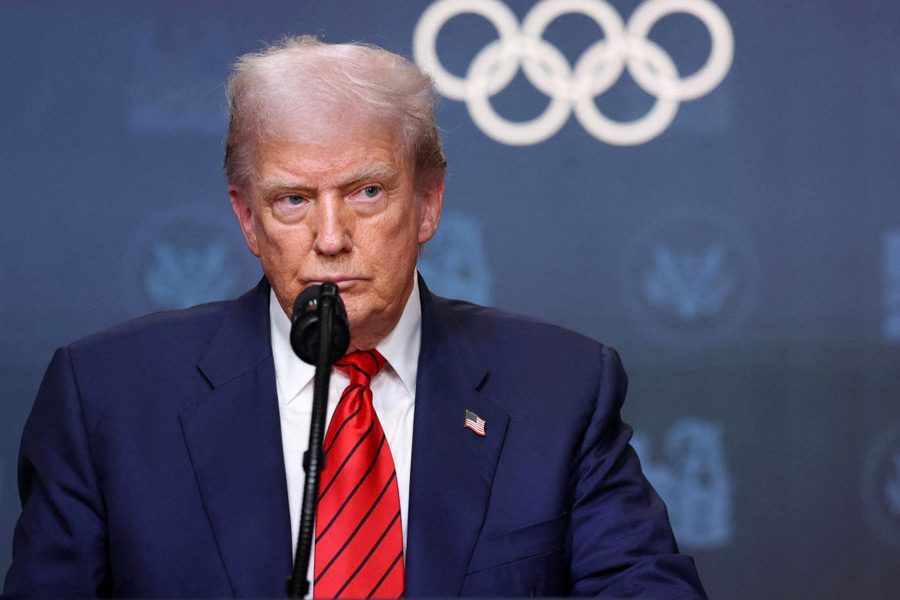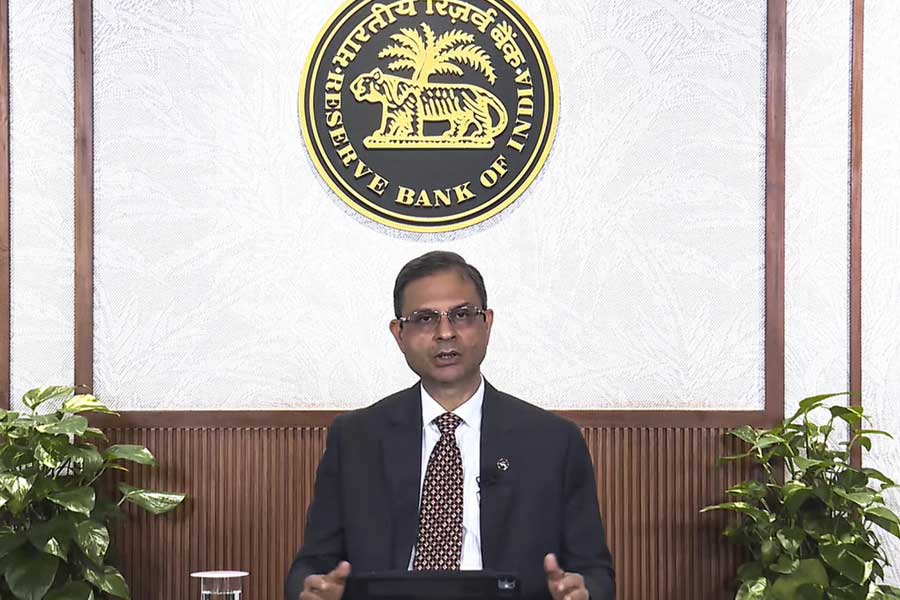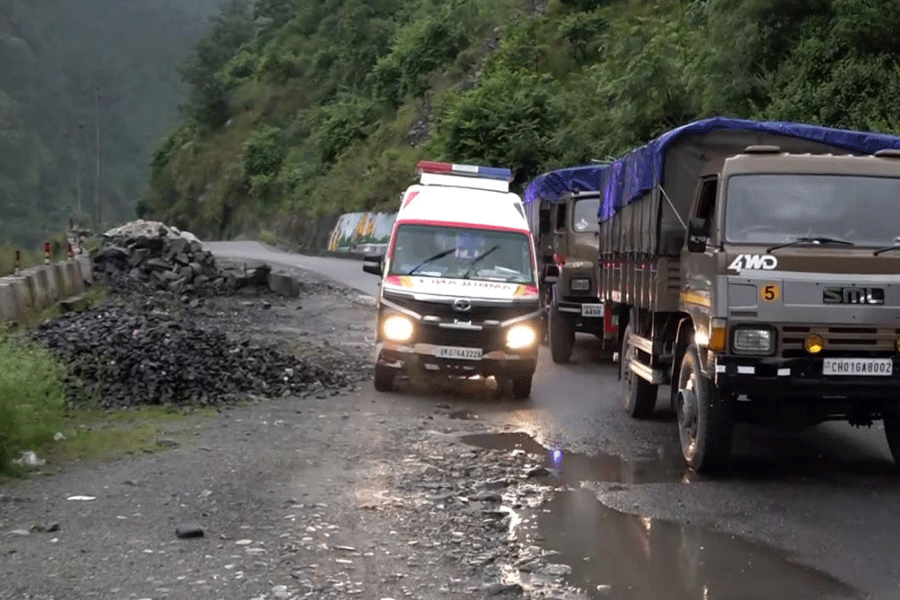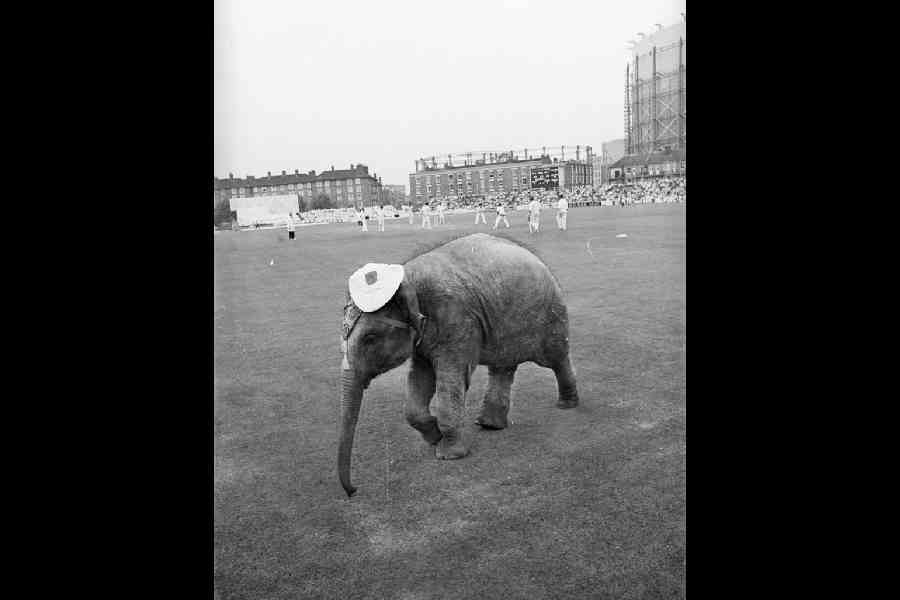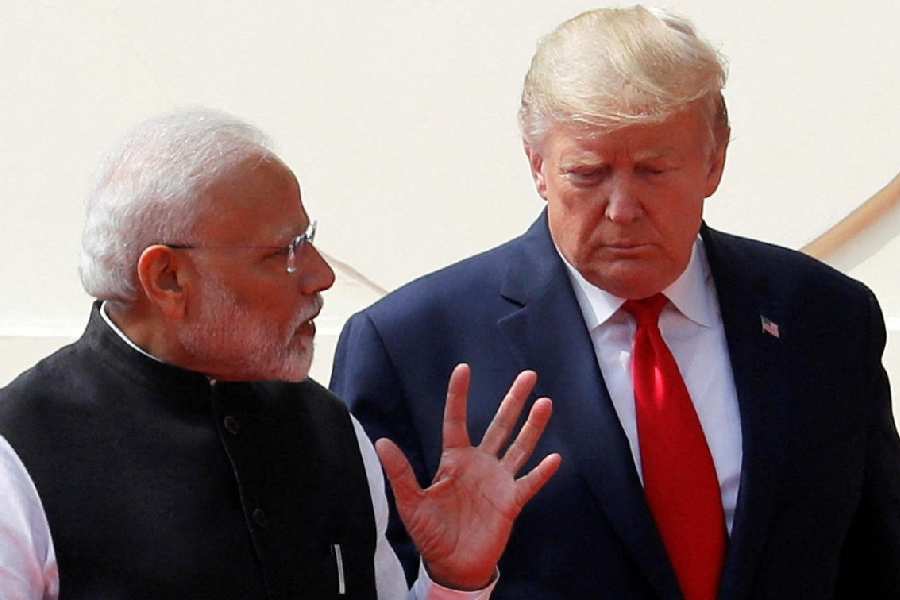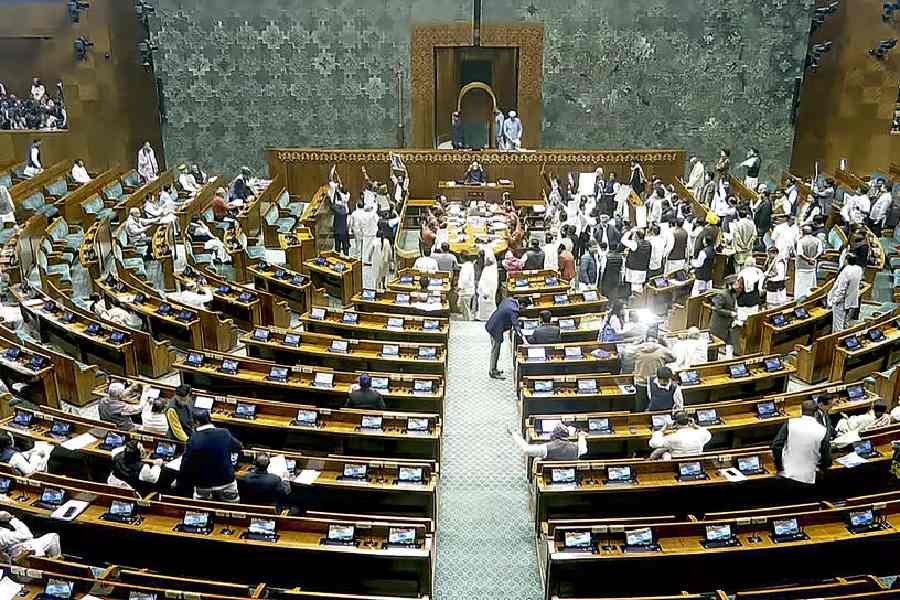|
|
It’s always instructive to know how others see us. A Pakistani’s interpretation of the Indian view of his country is also interesting. But what makes the fictional “End 2010 summary analysis on Pakistan” that Sharat Sabharwal, India’s high commissioner in Islamabad, is accused of sending to New Delhi, especially fascinating are the points of similarity between real-life India and the vision of Pakistan foisted on India’s representative. Clearly, that vision haunts the military power behind Pakistan’s tottering democratic throne.
No, this triumphant crowing over the anticipated fruition of 63 years of relentless striving “to undermine the Pakistan Sate internally and externally with the intent to weaken it to such an extent, where it does not pose any further threat to India’s regional goals” isn’t another nugget from Julian Assange’s treasure trove. A Pakistani contact sent it to a British writer who comments, “I don’t, I hasten to say, think for a single moment that it’s genuine. Judging from the grudging praise this counterfeit Delhi devil heaps on General Ashfaq Parvez Kayani and the enhanced performance of the Pakistani army generally, its provenance is obvious. But while I’m not at all surprised at it, I do find the continued fear and loathing of Pakistan’s mercantile elite and the obsession with Bollywood-besotted anti-Partition plotters intriguing.”
This is a contest with no quarter given. Humayun Khan, Pakistan’s urbane one-time foreign secretary, once told me after denying every Indian allegation about smuggling, gun-running and terrorism, “And even if they were true, would you blame us after Bangladesh?” Similarly, there is strategic logic in trying to “internally disrupt” a rival power and “undermine” it “on all international forums both overtly and covertly”. But sentence and sentiment ring false when Sabharwal is made to say that “this will be the highest tribute to the teachings of ‘Chankian’ philosophy, which we have so assiduously pursued”. If nothing else, the phonetic “Chankian” — a semi-literate soldier’s Punjabi-Urdu mangling of Chanakyian — is a dead giveaway. Besides, a Muslim might call a Hindu Chanakya but few Hindus would boast of the comparison. Poor Sabharwal is being used as an instrument in the internal battle for power that has hotted up again since the letter was written.
Pakistan’s army sees the mercantile class as its principal long-term adversary. The 22 families (Dawoods, Saigols, Habibs, Adamjees, Bawany, Hashwani, and so on) listed in 1968 have expanded, but not much. This “incestuous club” is described as “secularized and Westernized” with no “intrinsic cultural values” and no deep religious commitment even if some cultural-religious rites are observed. The “privileged” are so far above the law that “if you are part of this group you are never stopped by the police, if stopped you never have to go to the courts, if indicted you almost never go to prison”. With “an army of servants and facilitators,” these beneficiaries of “economic apartheid” never need queue for anything. They enjoy “palatial residential developments, gated communities with private security… access to the best country clubs, hotels, restaurants and golf courses” and “an inside track to lucrative jobs and contracts”. They shop and entertain more in Western and West Asian capitals than at home. Their children attend elite English-medium schools and universities in the West “where they either end up staying or return only to work at the helm of family businesses or to lucrative jobs in the private or public sector”.
It all sounds so familiar that I wonder if the authors lifted passages from some report on Indian high society. Because of India’s electoral politics and economic growth, the equivalent of Pakistan’s “mercantile classes who want to protect and preserve their commercial and land interests” is much bigger here. Dhirubhai Ambani’s rags-to-riches story illustrates that India’s meritocracy makes entrée relatively easier. As for the excesses, Mukesh Ambani’s architectural extravaganza, the Jessica Lal case, and Delhi’s “brat pack” come to mind. So do the 2G spectrum scam and Manmohan Singh’s lament about conspicuous consumption and the astronomical emoluments of corporate chiefs as Sabharwal is made to gloat that “the corruption of the political class and bureaucracy coupled with the extravagant lifestyles of the elite will ensure the continuation of a culture of dependency, which will keep the country on the brink of bankruptcy and help us make significant inroads”. Another point of similarity is that India’s sangh parivar is as incapable of providing coherent alternative governance as Pakistan’s Islamic fundamentalists.
Nevertheless, assessments of the two societies must also deviate significantly. Pakistan’s conclusion that the business elite are adopting “Indian cultural norms as their own” and are even “nostalgic about being part of greater India and reaping the benefits of the economic boom” betrays the insecurity gnawing at the heart of a state without a valid raison d’être. In not dissimilar circumstances, Israel, another artificial state carved out to substantiate a mythic nationhood, succeeded in creating a viable national identity. But Pakistanis turn to Bollywood because there is no comparable indigenous entertainment; fears about India infiltrating human rights and civil society organizations betray sensitivity about Pakistan’s record on both counts.
Not that politicians here can crow too much about the 9 per cent growth rate. India may not be bankrupt but many Indians are. Private jets and pesticides to commit suicide go hand in hand when eight Indian states have more poor people than 26 sub- Saharan African countries. India doesn’t have to fear hostile foreigners making “inroads”, significant or otherwise, because we do that best ourselves. Pakistani terrorists might attack Mumbai and Chinese dumping threaten to destroy Indian manufacturing, but the real threat is internal.
We didn’t need WikiLeaks to tell us of the police’s “widespread use of torture in interrogations, rampant corruption, poor training, and a general inability to conduct solid forensic investigations”. The American embassy comment that policemen cut corners to avoid a “lagging justice system which has approximately 13 judges per million people” aptly explained the Bhagalpur blindings. There can be no justice amidst the judiciary’s contortions, distortions, delays, expense and corruption, at least at lower levels. Binayak Sen’s arrest and conviction draw attention again to what the prime minister calls the most serious internal threat to national security — Naxalites reborn as Maoists. Adivasis who refuse information to the security forces that are constantly ambushed help the rebels with food, shelter but mostly with their silence. General Gerald Templer’s Malayan strategy of poisoning the water in which terrorists swam seems to be reversed in the Red Corridor. Once upon a time, adivasi discontent found expression in conversion to Christianity. Now, it’s conversion to Maoism.
The military, too, presents both similarities and contrasts. India’s army, like Pakistan’s, has survived a fragmented polity to become “one of the very few meritocracies in the country with an egalitarian ethic and continues to be mostly well led”. Many Indian generals also “come from a non-elite background and can be termed as the ‘common soldier’s general’” like Kayani. But the Pakistani army has tasted power and will not yield it to anyone else. This crude forgery (hoard for horde) is the battle-cry of a commander who “has transformed the army in the last three years from its lowest ebb at the end of the Musharraf era, to where it is now again an elite force commanding respect and veneration of the people” and now fears dethronement.
Effusive self-congratulation bolsters the military against politicians by depicting the army as the only force India fears, respects and recognizes as the obstacle to its goal of destroying Pakistan and taking over South Asia. Sabharwal’s supposed “concern about a nexus between the military and [idealistic young] elements of civil society becoming an agent of change” exposes the military’s own real fear as the battle for domestic supremacy in which India is uninvolved rages at the cost of economic growth and political stability.



